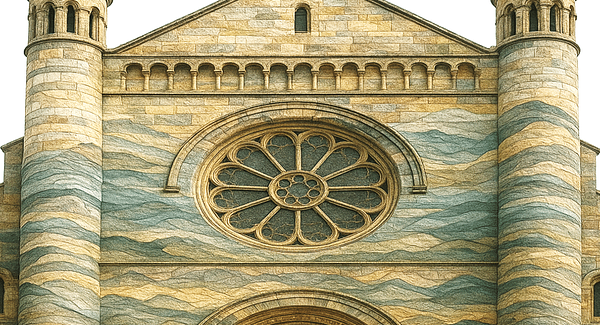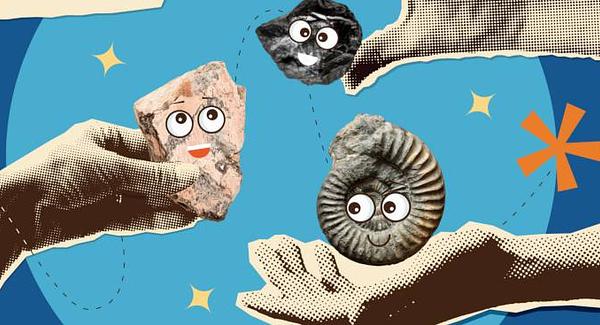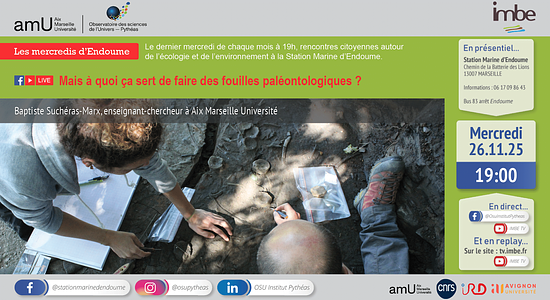Bernard GUY
Bonjour à tous,
Bernard Guy fera un séminaire scientifique le 28 octobre à 10h, en salle C1.19 de l'Ecole des Mines de Saint-Etienne (ou en visioconférence via bbb, voir le lien ci-dessous) à la suitede la découverte d'orgues (comme des orgues basaltiques) dans le terril de la Ricamarie près de Saint-Étienne. Ce travail a fait l'objet d'une récente publication (https://rdcu.be/b6lnN) où ont été discutés les problèmes de solidification de ces structures, mais aussi le phénomène de surfusion de constitution, des thématiques qui peuvent intéresser les spécialistes des matériaux mais aussi les curieux (co-auteurs: V. Thiéry, D. Garcia, J. Bascou, M. Broekmans; avec le concours de la société Eurovia qui exploite le terril).
Nous espérons vous voir nombreux assister à ce séminaire !
Maelig Ollivier, pour l'équipe animation scientifique du Laboratoire CNRS Georges Friedel
**************************************
Où et quand : le 28 octobre, 10h, C1.19 ou https://webconf.emse.fr/mae-icz-hqk-ftt
Titre de l'article cité : "Columnar structures in pyrometamorphic rocks associated with coal-bearing spoil-heaps burned by self-ignition, La Ricamarie, Loire, France"
Bernard Guy
Résumé : This paper reports the discovery of columnar structures within paralavas from an active burning coal heap located in the formerly exploited coal basin of Saint-Étienne, Loire, France. The word “paralava” in this work refers to a rock that looks similar on the field to some volcanic rocks (e.g. basalts), and has been partially molten (with up to 50–60 vol% liquid). Here, the comparison between paralavas and volcanic rocks is mainly made from the point of view of the solidification process. The columnar structures occur in a decametric “sill”, located in the inner parts of the heap, exposed by quarrying operations. They are irregular; they form prisms of ca. 50 cm in diameter and are up to 2–4 m high. We report on geological, mineralogical, petrographical, geochemical, petrophysical (anisotropy of magnetic susceptibility, AMS) studies, focusing on the columns. Heterogeneities with cylindrical symmetry from the center to the rim of the columns are observed at the decimeter scale, both for geochemistry (variation of Zn is conspicuous) and AMS studies. These contribute to the understanding of the genesis of the columns, favoring the fingering hypothesis: formation of digitations within a phenomenon of constitutional supercooling (fingers of the solid grow at the expense of the liquid). Among the volatiles playing a role in this phenomenon, the role of Cl as a ligand to Zn in the melt deserves attention (the situation is different in standard basaltic rocks, where the role of H2O with respect to other volatiles is more important; Cl may be abundant as a companion to coal).
De 10:00 à 11:30



